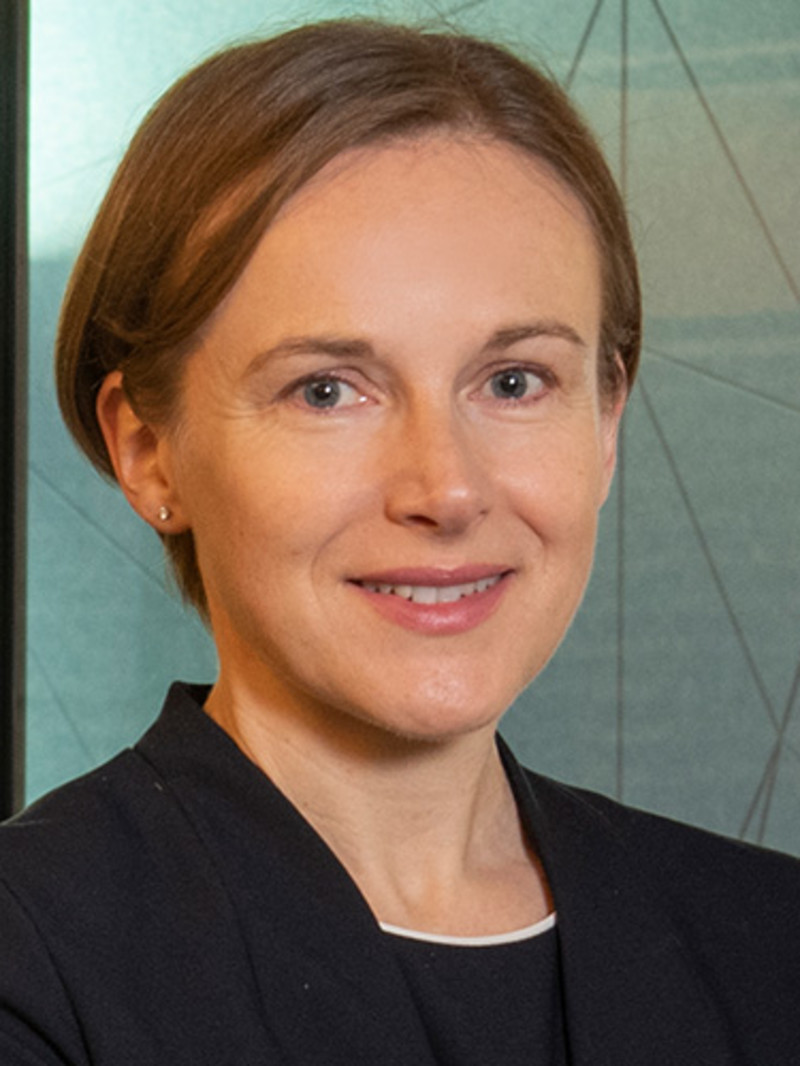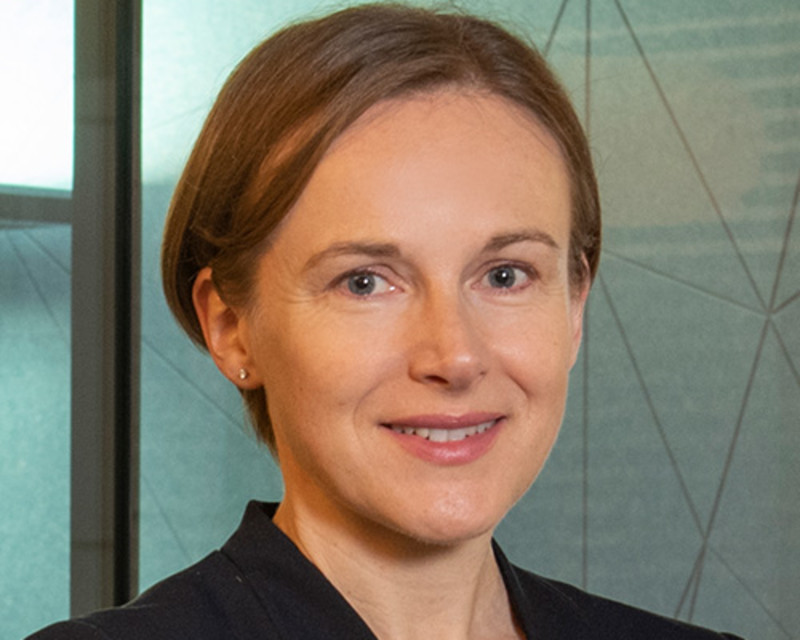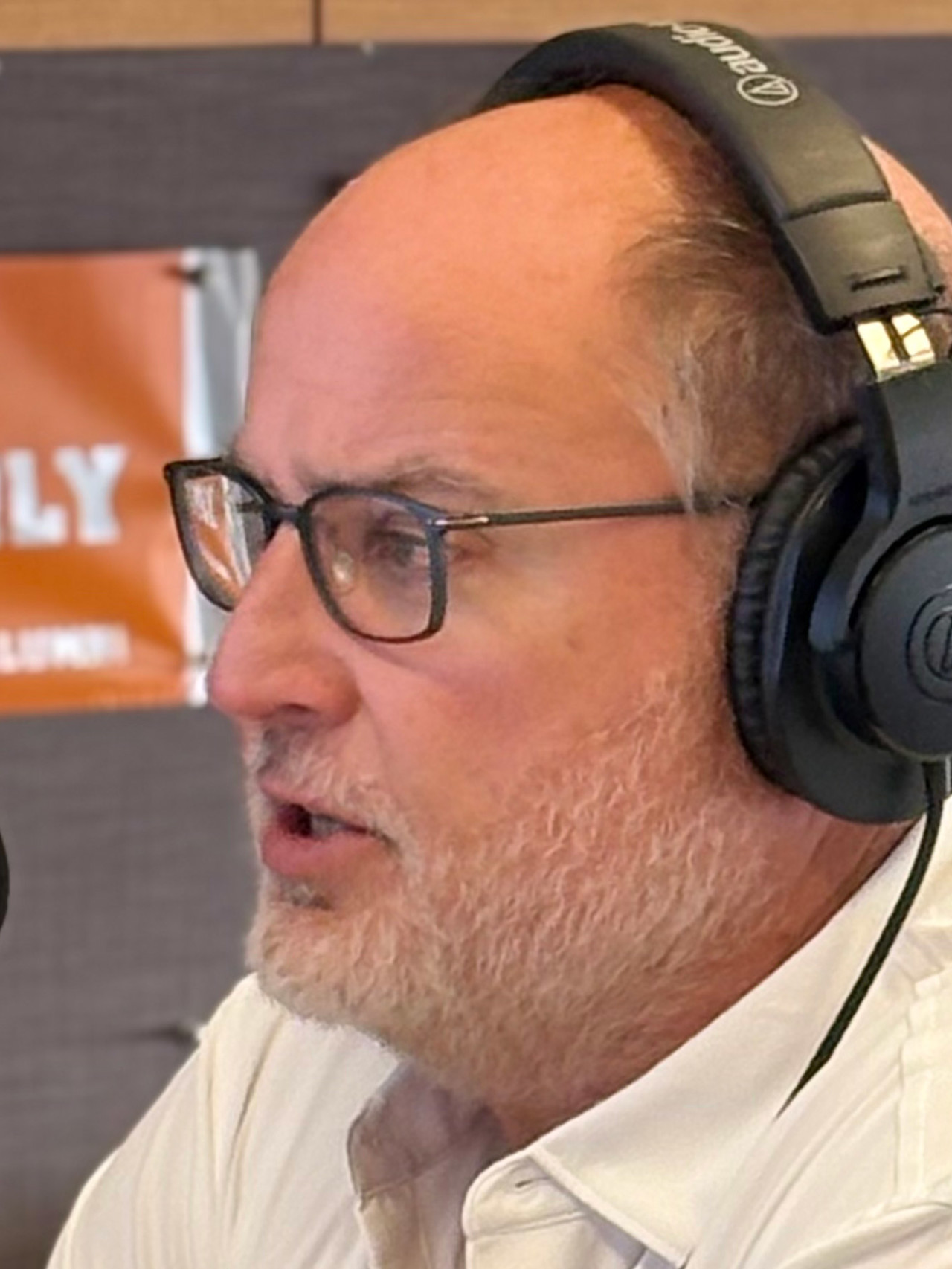

SI Dilemma: Is sustainable investing a process or a thing?
The sustainable investing field has always had issues with terminology and definitions, even with the most fundamental, seemingly most basic, question of what is a sustainable investment? Or what is sustainable investing? Is SI a process or a thing?
Summary
- Investors have always struggled to define sustainable investing
- Multiple categories of approaches a decade ago treated SI as a ‘process’
- Focusing today on attributes of companies means SI is more of a ‘thing’
More than 50 years after the origins of modern responsible investing, we’re no closer to agreeing on this, despite the best efforts of regulators. I don’t have a universal solution to offer – just some comfort in looking back at how we have handled this challenge over the years, and remembering why we do this in the first place.
When something new emerges, it often comes with a lack of generally accepted terminology and definitions so the SI debate over definitions is quite normal. It's worth noting that even ‘simple’ double-entry financial accounting, first conceptualised in the 15th century by mathematician Luca Bartolomeo de Pacioli, took 400 years to get to today’s IFRS or GAAP standards. And yet today we still have firms that cook the books and hoodwink auditors, demonstrating that even supposedly straightforward, highly standardised financial accounting and auditing does not solve all problems.
In the earlier years of responsible and sustainable investing, the various industry associations and Social Investment Forums (SIF) held some authority helping investors to define what is SI. Starting with the US SIF in the 1980s, and with the emergence of other regional industry bodies over time, collectively these organisations tried to bring together the ideas of thought leaders in the SI space, even while the industry developed rapidly in the early 2000s.
When the Global Sustainable Investment Alliance (GSIA) formed in 2012, its first report in 2014 was a landmark study of the global SI landscape, bringing some clarity to the field by placing all SI approaches into one of seven categories. The distinction between negative screening, norms-based screening, ESG integration, thematic investing, community investing, active ownership, and the best-in-class/positive screening approach helped to bring an understandable framework to the fast-growing fund marketplace.
It was clear that different approaches met different values and returns expectations, and also that different approaches could be combined to suit different investors. SI in this context was definitely a process.
Are all approaches equal?
One downside of defining these different approaches however was that it gave legitimacy to investment strategies that focussed more on their potential for returns than on their sustainability characteristics. With such a wide variety of approaches, did they all deserve to be considered equally ‘sustainable’?
After a few years, some regional SIFs stopped considering funds with a just a few basic exclusions to be sustainable. But they stopped short of imposing any higher standards and let investors make their own decisions, amidst growing calls for real world impact to be better identified.
Into this melee stepped the European regulators, with other regions closely watching. Consequently, the industry associations lost some of their authority, though not always their influence. While regulators have good intentions, development of laws often lags behind industries' innovation. Early framing of rules can have unintended complications, leaving even early movers and thought leaders struggling to disentangle the requirements while still meeting their clients’ needs.
Keep up with the latest sustainable insights
Join our newsletter to explore the trends shaping SI.
Sharing best practices
The industry associations play a role in helping their members to deal with these challenges, promoting the sharing of best practices and feeding back to the regulators their views on the effectiveness of proposed regulations, based on deep experience of working with both investors and asset managers. They also continue to update their own frameworks for measuring sustainable assets to reflect the latest thinking.
For example, the US SIF changed its methodology definitions, resulting in its estimate of the amount of assets that are managed sustainably halving from USD 17.1 trillion in 2020 to USD 8.4 trillion in 2022. EUROSIF is considering similar changes, largely because while ESG integration is still a cornerstone of sustainable investing, it is not considered now to be on its own a qualifying characteristic of a sustainable investment.
In the 2020s, we are much more focussed on defining the specific attributes of a sustainable investment, or on working with a highly detailed sustainable taxonomy, i.e. less on the process and more on the outcome. Today, SI is more often a thing.
A relatively new field
to other areas of finance (especially the double entry accounting), sustainable investing is still a relatively new field. It’s easy to get bogged down in the definitions and expectations, especially when we are in a phase of regulators placing deadlines on coming up with solutions. Yet even with the best will in the world, it will take more time (hopefully not 400 years!) to get to anything like a globally accepted and understood set of terminology and definitions.
In the end, does it matter how quickly we get to total agreement? The most important investor protection tool is transparency, and the most important SI goal is harnessing the financial industry to preserve our planet’s natural capital, the basis of all economic growth and prosperity. We might not all agree on how to get there, but we have a common goal.
























